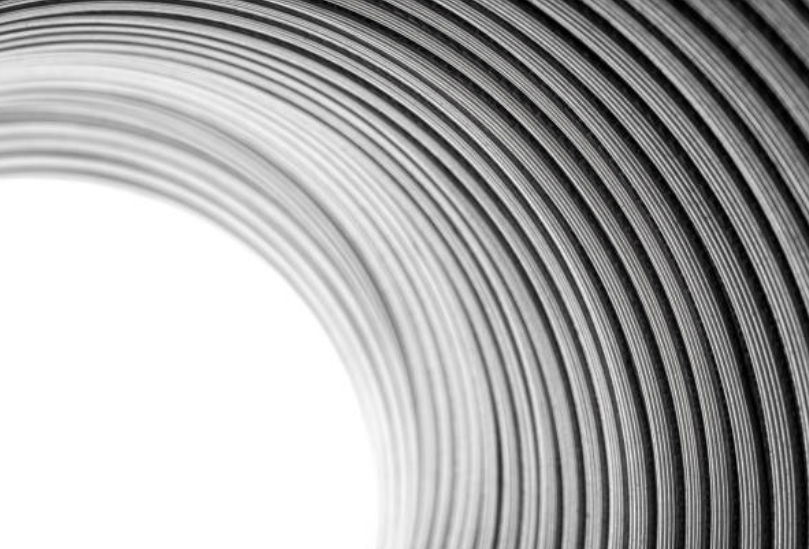Aluminum instead of copper?
-Principles for selecting insulation and sheath types of aluminum alloy cables
"Replacing copper with aluminum" as the conductor of aluminum alloy cables can effectively reduce the material cost of the cable, as well as the transportation and installation costs, without significantly reducing performance. This time, we will discuss the selection principles of insulation materials and sheath materials of aluminum alloy cables.
The selection of cable insulation type should comply with the following regulations:
- Under the operating voltage, operating current, characteristics, and environmental conditions, the cable insulation characteristics should not exceed the conventional expected service life.
- The selection should be based on factors such as operational reliability, ease of construction and maintenance, and the comprehensive economy of the maximum allowable operating temperature and cost.
- It should meet the requirements of fire prevention places and should be conducive to safety.
- When it is clear that coordination with environmental protection is required, environmentally friendly cable insulation types should be selected.
- It is recommended to use cross-linked polyethylene insulation type. For necessary circuits of 6kV or cross-linked polyethylene cables above 6kV, the form characterized by the three-layer co-extrusion process of inner and outer semi-conductive and insulating layers should be used.

1. General principles for cable sheath selection
(1) For AC system single-core cables, when it is necessary to enhance the cable's resistance to external forces, non-magnetic metal armor should be used, and steel armor without effective non-magnetic treatment should not be used.
(2) For cables laid in humid, chemically corrosive environments or environments susceptible to water immersion, it is recommended to use polyethylene outer sheaths for the metal layer, reinforcement layer, and armor.
(3) In densely populated public facilities and places with low-toxic flame retardant and fire protection requirements, polyolefin and other halogen-free outer sheaths can be used instead of polyvinyl chloride outer sheaths.
(4) Except for low-temperature environments below -15°C or places where medicinal chemical liquids are immersed, cable extrusion outer sheaths with low toxicity and flame retardant requirements should be made of polyethylene, polyvinyl chloride outer sheaths can be used.
(5) Aluminum alloy cables are installed in buildings with aluminum alloy interlocking armor and can be used instead of bridges. At the same time, the bending performance and compression resistance of the cable can be improved. If used outdoors in humid conditions, an outer sheath must be used.
2. Relevant regulations for selecting cable sheath when laying directly buried
(1) When the cable is subjected to more significant pressure or there is a risk of mechanical damage, it should be armored with a reinforcing layer or metal tape.
(2) In soils where displacement may occur, such as quicksand layers, backfill soil zones, etc., cables should be armored with steel wires.
(3) A higher hardness outer sheath should be used for extruded cables used in areas seriously affected by termites. A thin outer sheath with higher hardness can also be extruded on the ordinary outer sheath. The material can be nylon or special polyethylene. Olefin copolymers can also be armored with metal sleeves or steel tapes.
(4) Polyethylene outer sheathing should be used in areas with high groundwater levels.
(5) Besides the above circumstances, an outer sheath without armor can be selected.
3. Relevant regulations for selecting cable sheath when laying fixedly in the air
(1) When the small cross-sectional area extruded insulated cable is laid directly on the arm support, it should be armored with steel tape.
(2) Plastic-insulated cables should be armored with metal or steel tape in places with high safety requirements and severe rodent infestation, such as underground passenger transportation and commercial facilities.
(3) When the cable is in a stress condition with a high drop, multi-core cables should be armored with steel wires, and AC single-core cables should be armored with non-magnetic metal wires.
(4) Cables laid on bridges and other densely supported cables do not need to be armored.
(5) When it is necessary to coordinate with environmental protection, polyvinyl chloride outer sheathing shall not be used.
(6) When laying in buildings, aluminum alloy belt interlocking armor can be used instead of bridge laying.
Note: Cables laid in protective tubes should have an extruded outer sheath.